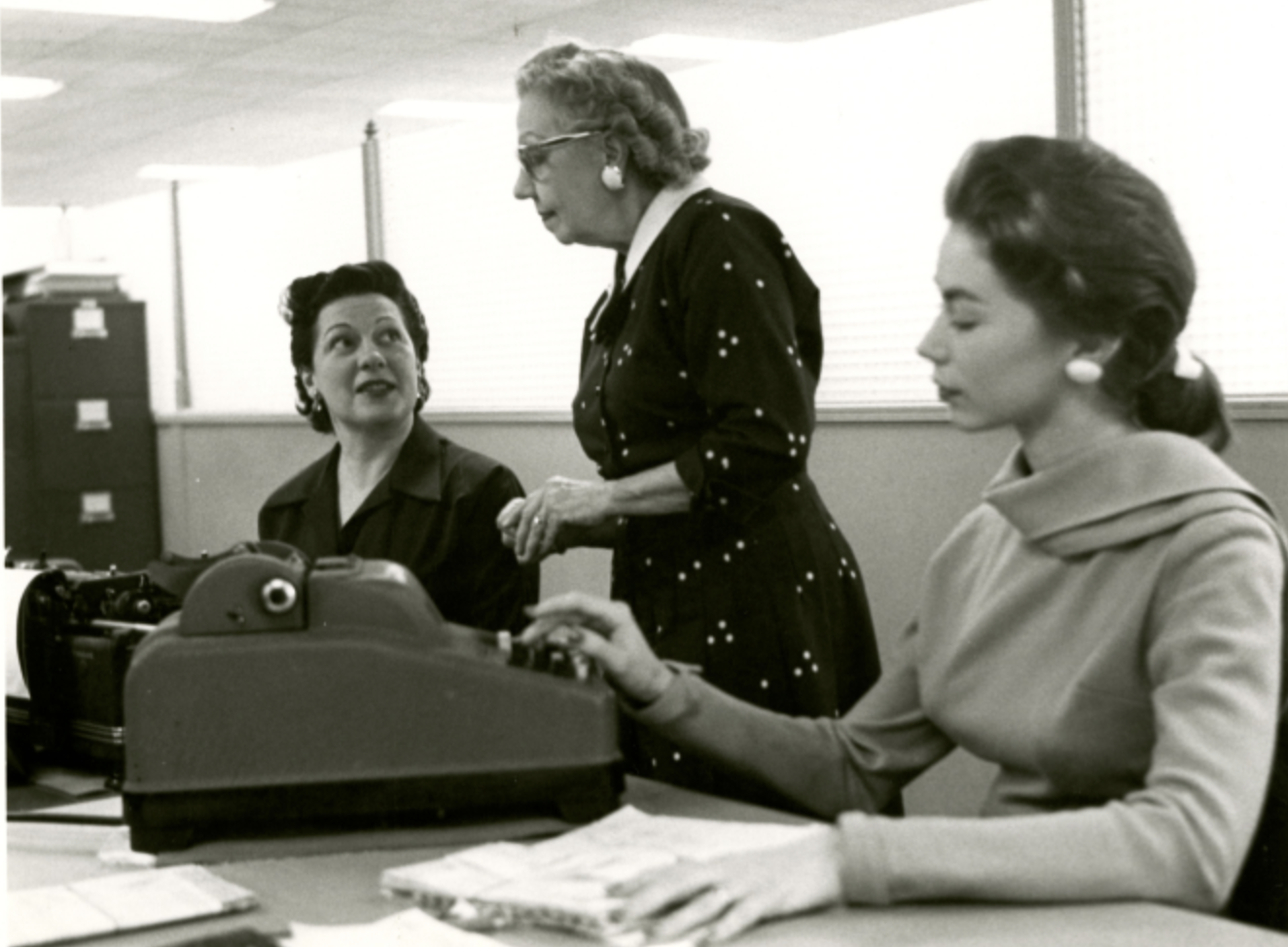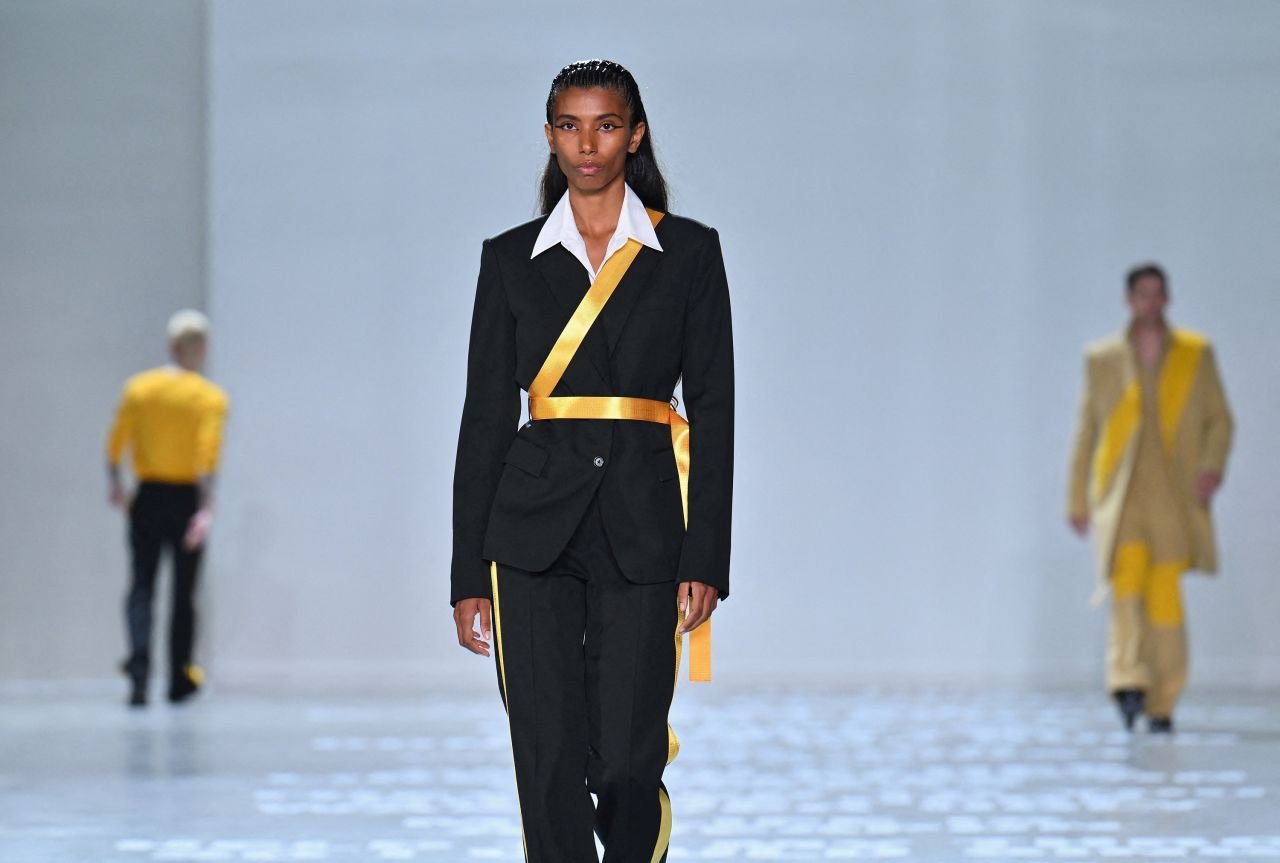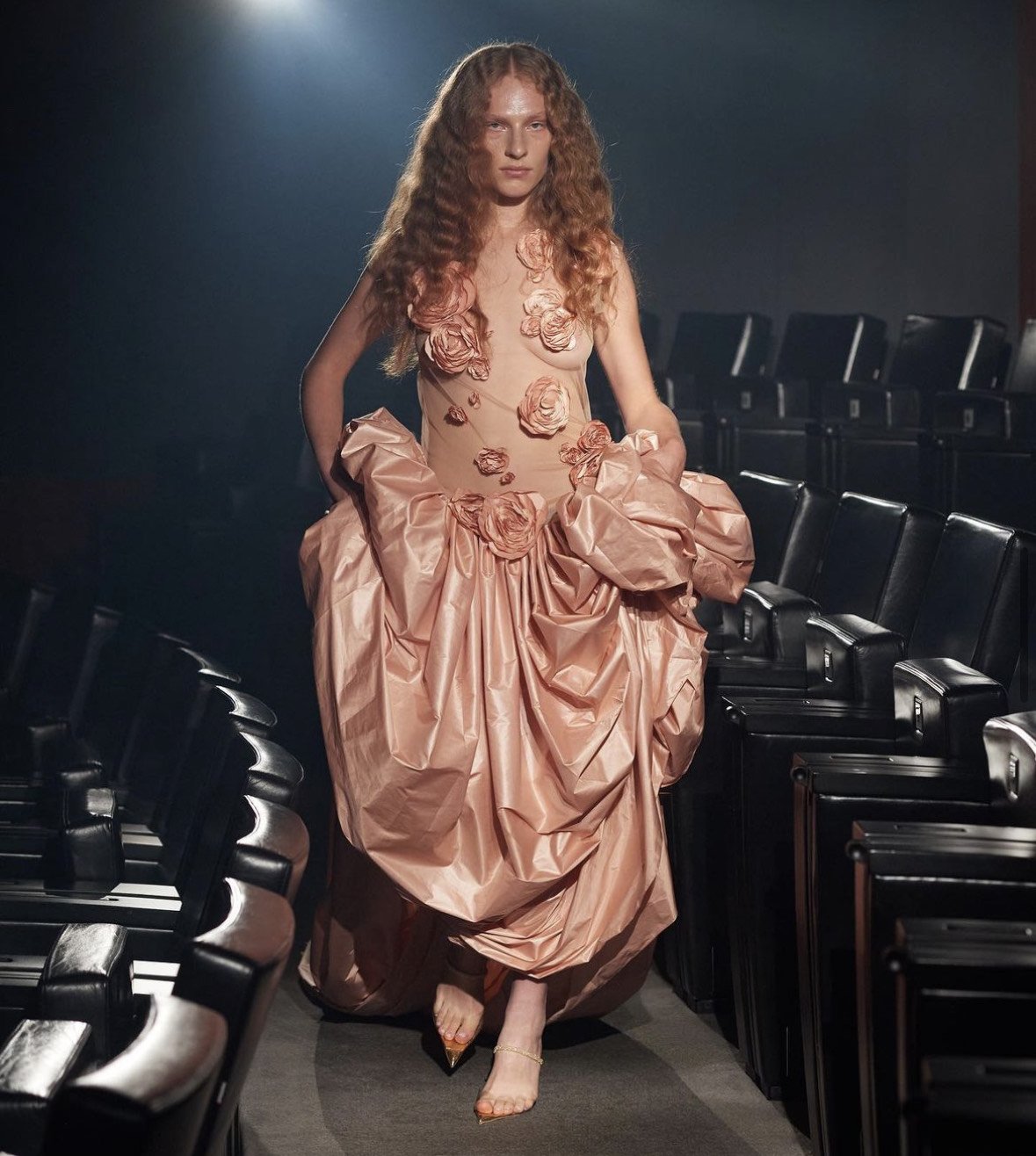What Made The 90s Supermodels So Special?
From time to time, a model appears on the catwalk as the true embodiment of fashion itself. In the 1990s, the phenomenon was at its peak, with fashion personified in many figures. Naomi, Cindy, Christy, Kate, Claudia, Linda, Gisele, Tatjana, Karen...you know how that goes. Being the first generation that has conquered the world with their beauty, nowadays, these groups face the challenge of ageing in the period of image. Despite obstacles that the future and even the past have placed in their lives, nothing annuls their power and reach.
When fashion became pop culture, models also won visibility and credit for their own work, appearing on talk shows, being written about in all media, and being seen at the hottest parties. Their relevance gave life to the term ‘supermodel’, a title that had the same prestigious weight as ‘superstar’, though it seems to be almost extinct in the present day. Not frequently seen, the super energy seems to be losing its force, and fashion enthusiasts have many factors to blame. From nepotism with a hint of bland walks to retention of impactful acts, such as a casual hair flip or a notable runway presence, few of the current professionals are capable of bringing the uniqueness only supers can. Yet, what made 90s models so special?
Meanwhile, for some, it was all about the 90s fluffy-voluminous hair, the true speciality that was due to an effortless natural beauty, aligned with charisma, runway presence and an attitude never seen before - until around the 80s, when everything changed. When models started becoming celebrities for their singular careers, a term to describe them and their influence appeared. Yet, the Supermodel, that even today makes every fashionista have chills, had its notability only intensified in the nineties. Stimulated by the conviction of challenging perfection’s notion, which for a long time was based on excess and artificialism, photographer Peter Lindbergh brought a realistic and humanistic approach to his projects, one that, besides portraying mannequins in a documentary way, changed the fashion and beauty industry forever. While its concept was partially converted, the entire metamorphosis was only completed when the rise to fame happened. It was when British Vogue titled their January 1990 issue “Supermodel Story” that everything was transformed. With its cover featuring a black & white Lindbergh’s naturalist picture of Naomi Campbell, Cindy Crawford, Tatjana Patitz, Linda Evangelista and Christy Turlington, the artistic cultural cause won faces that were entitled as original models, also known as the big five. With the spotlight directed towards the flashy group, the recently grown fashion mainstream also turned out to be one of the most popular and profitable in the entertainment industry.
The phenomenon was real, and for many, considered implacable. All eyes were on them, and so were cameras. Not only runway, editorial and paparazzi, but also talk shows and movie filming equipment. With supers interlinked in our culture in ways that are almost indescribable, fashion blogs and magazines accompanied their styles, projects and even personal lives. Their fame was on such an elevated scale that most brands competed for them, and remarkable occurrences such as Gianni Versace paying more than double to the big five only walk for Versace remain in history forever. Such events haven’t happened without some scandals either. From bad attitudes to the exigency of high salaries, supers were also considered a bit snobbish. With a pillar of exclusivity, unlike Lindbergh’s motivations, the term was something so limited that no money in the world was able to afford it. It couldn’t be brought through cash, contacts and some already existent fame, it had to be conquered in the old-fashioned way, which was stepping frivolously on the unbeatable runway, with presence and spirit.
Even though many reasons justify their rise, so does their fall. When the limited quintet started not being that restricted, being re-named as the Big Six after Claudia Schiffer joined, other new supers started dominating the spotlight with the emergence of new beauty trends. From heroin chic to sexy is back, new faces appeared and new beauties were discovered. Plus, a trend to cast celebrities also appeared during this shift. With designers contracting actresses, pop singers and other stars as editorials and runway models, many regular models lost chances to work, showcase their runway presence and become new supers.
Regardless it seemed an obstacle at first, the supers’ shine didn’t decrease. Cameras were still pointed out to them, and runways became more than a space to showcase designers' art, but also to make some gimmicks. From Kate Moss walking John Galliano f/w 1995 show, stopping and kissing her boyfriend Johnny Depp to Gisele Bundchen crying in Alexander McQueen's Spring 1998 ready-to-wear runway, things seemed out of control.
Maybe it was too much charm to handle, maybe it wasn’t. However, models’ charisma and presence started to annoy some editors, designers and industry heads, who felt dazzled by the clothing. After the discovery of models outshining garments, rumours popped up, which made things move to another level. When a rumoured statement from model Linda Evangelista “we (original supers) won’t get out of bed for less than $ 10,000 a day” leaked, it was enough to increase professionals’ irritation, which led editors to speak less of supers and designers hire them with less frequency. Decreasing super’s visibility, the industry’s main goal was to ensure that never another small group held so much power in the fashion field.
Nowadays, with unexciting walks and no significant runway occurrences, the term supermodel has lost its meaning for many. While some might blame industry conflicts and overshadowing beliefs, others consider nepotism and the evolution of social media responsible. And, curiously, it is on the same social platforms that those opinions are revealed and presented for debate. Some argue that following micro trends rather than doing what is ideal for each individual's facial natural features is one way to distinguish the ‘90s models from the present ones. With the rise of binary beauty trends in contests and the normalization of plastic surgeries, models seen are all the same to the fashion audience, who feel exhausted to view equal beauty and aesthetics in an industry that with some more effort could be truly diverse. Of course, some things have changed. With hope being restored after new talents were discovered, perhaps the supermodel entity hasn’t gone yet.
From Dutch model Imaan Hammam to South-Sudanese Anok Yai, the term has proven to still be in our dictionaries, our lives and in the fashion industry for a while. Besides looks, experience and professionalism, the emerging talents also have the energy, the walk and the charisma. Walking for almost every luxury label, these leading figures have pushed into the public sphere and changed the industry we know, establishing themselves as the next generation of top models.
At least, that’s what the April 2023 British Vogue issue has proved. Featuring Swiss-American Paloma Elsesser, Dutch Jill Kortleve and American Precious Lee as the “new supers”, the resonation with modern women, their creative and conscious identities, plus their radiating beauty to turn them into the new trinity – and it will take more than rumours, dissatisfactions and flashy considerations to take them down.
With vivid walks, glamorous poses, strong and genuine personas and the courage to dare on the runway, 2023’s trinity, along with figures such as Vittoria, Mona Tougaard, Alex Consani, Irina Shawk, Adut Akech, Sora Choi, Bella and Gigi Hadid and the ones previously mentioned, prove that there’s no reason to be discouraged; just take a deep look in some runways that you will see that the new supers maintain the electrifying force icons did while also redefining beauty, power, and, probably, all the super concept.








